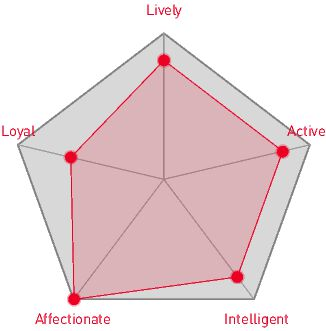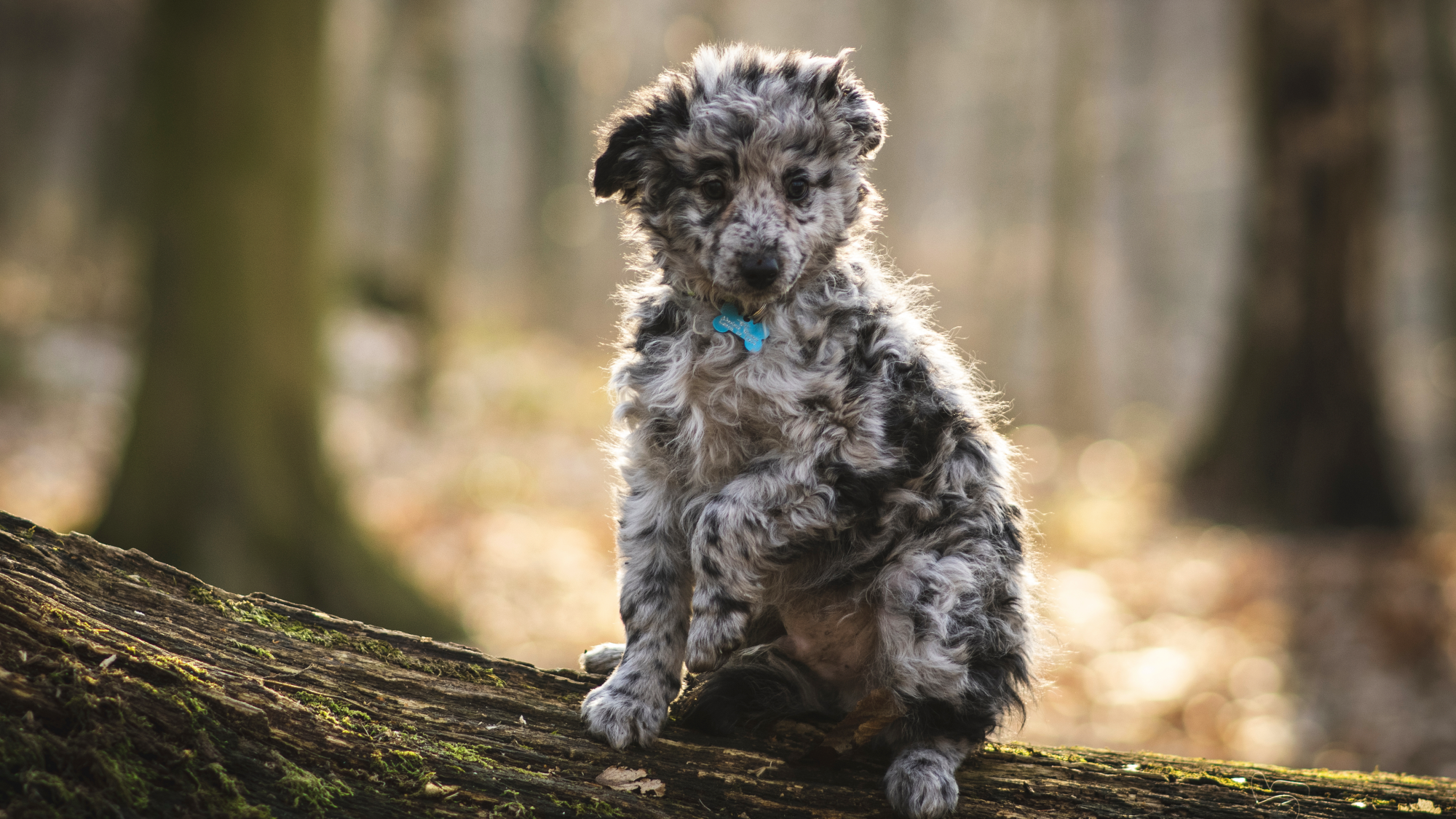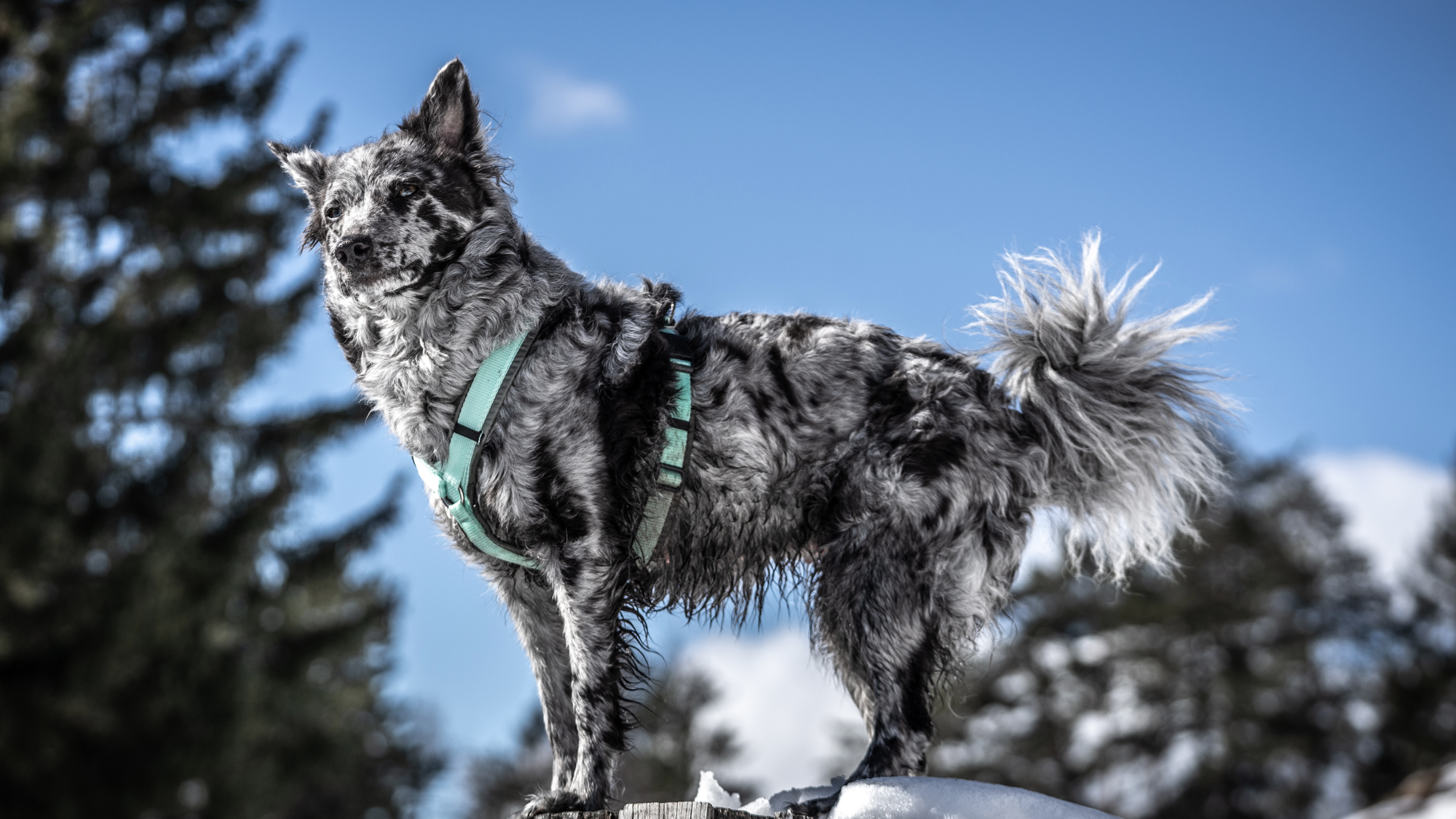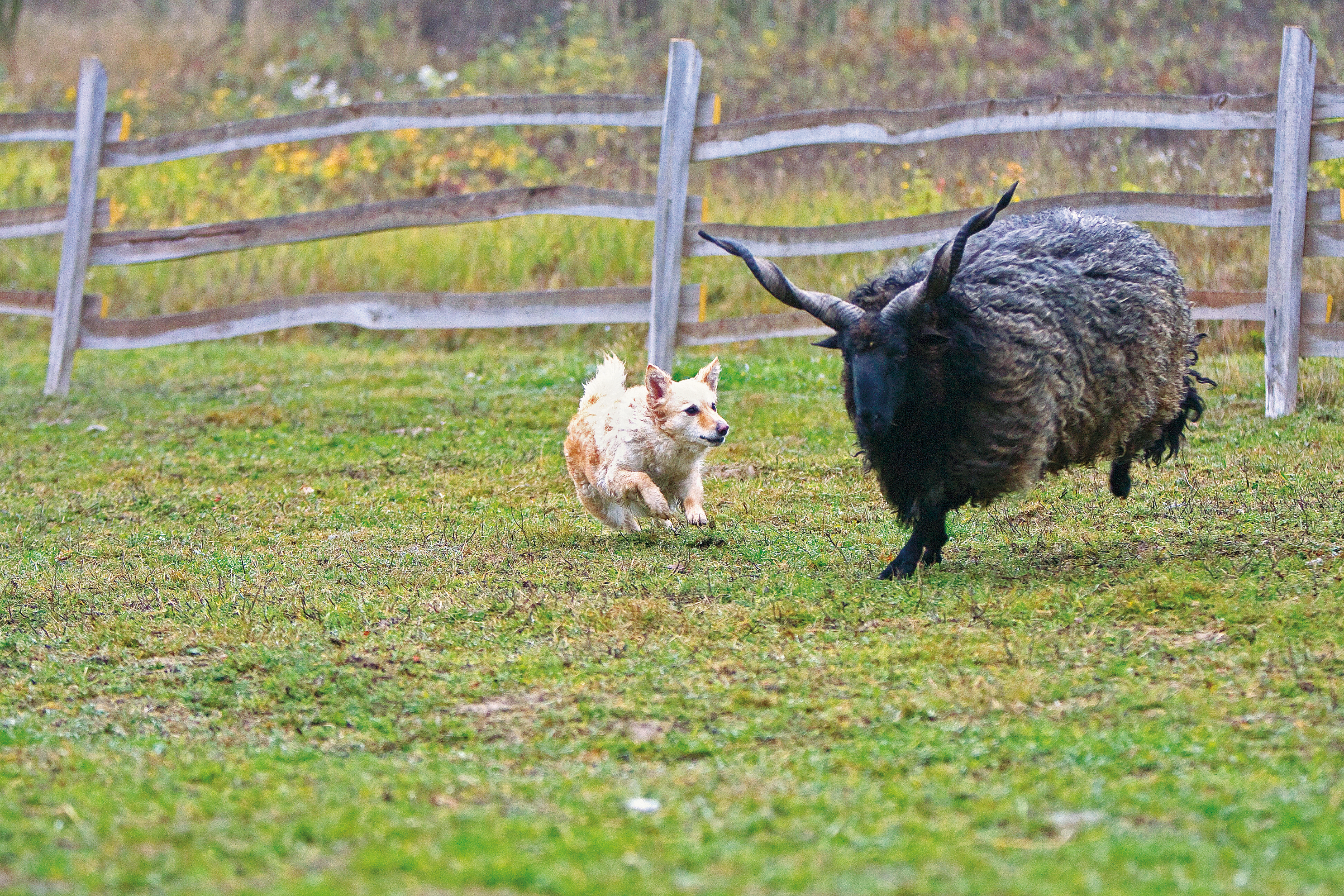
Let's talk Mudis
The Mudi is an amiable breed, one with a willing demeanour and good dose of intelligence to match it. Fairly rare outside of their native Hungary, the Mudi has stood the test of time as a faithful farm dog, with their compact size and keen sense of perception making them a trusted taskmaster. To that end, the Mudi breed is a loyal guardian, with family top of mind - whether in a protective role or one that just involves a less stringent task like snuggling.Official name: Mudi
Other names: Hungarian Mudi
Origins: Hungary

| Drooling tendencies: |
|
Warm weather? | |
| Shedding level: | Suited to apartment living? |  |
|
| Physical activity needs (high, low, medium): | Low to moderate | Kid-friendly? |
|
| Compatibility with other pets: | Can stay alone? |
We advise against leaving pets alone for long stretches.
Companionship can prevent emotional distress and destructive behaviour.
Speak to your veterinarian for recommendations.


| Baby age | Birth to 2 months |
| Puppy age | 2 to 10 months |
| Adult age | 10 months to 8 years |
| Mature age | 8 to 12 years |
| Senior age | from 12 years |

1/7
Get to know the Mudi
All you need to know about the breed
Lively and avid, the Mudi is a Hungarian original, hailing from the European nation and one of its prized canines. They’ve been used there since the early part of the 20th century as a very adaptable farm and working dog. The energetic Mudi is prized for their versatility, a trait that earned them the nickname “the driver dog” for an ability to move cattle along large stretches of land and find satisfaction while doing it.
Since then, the hardy Mudi breed has cemented their reputation through their dependable behaviour and cooperative attitude. Outside of Hungary, they remain fairly little-known, save for Finland and the United States where the breed has become a top search-and-rescue canine. The Mudi‘s double coat has served them well in frigid temperatures, with their upbeat attitude making any job almost downright enjoyable.
As a result of their provincial development, the Mudi has not been cross-bred over the years, resulting in a very healthy and robust dog with few chronic maladies to speak of. There are only a few thousand Mudi in Hungary, Finland, as well as other countries, but with their newly recognised status in the American Kennel Club’s Herding Group as of 2022, the Mudi’s popularity may be on the rise.

2/7
2 facts about Mudis
1. It’s what they do
According to the American Kennel Club, the Mudi is the only breed in the Herding Group to come in a merle colour - a mix of marbled grey and black - but have white-coloured puppies. This docile breed’s coat also comes in hues of fawn, brown, white, black, and grey.
2. Gone postal
Hungary is nicknamed “the Pearl of the Danube” and one of the gems of their culture is the Mudi breed. The dog’s popularity is so great, they’ve even been featured on a postage stamp. It was issued in 2004 as an ode to the canine, considered top dog along with a handful of other native Hungarian breeds.
History of the breed
Hungary can lay claim to many unique dog breeds, and the Mudi is one of them. They are thought to be the oldest of the country’s sheepdogs, one theory postulating their descent from fellow Puli and Pumi breeds and even crosses with other herding breeds during the 18th and 19th centuries.
The Mudi was first established as a breed however by Dr. Deszö Fényesi, a breeder who wanted to bring the smaller sheepdogs into their own. By 1936, he had done just that, with the Mudi breed firmly taking their place in the country’s canine pantheon.
As with many dogs, the Mudi almost disappeared from existence during World War II but stringent efforts were made to maintain their numbers by those who adore this loyal breed.
The Mudi was formally recognised by the Fédération Cynologique Internationale in 1966 and was just recognised by the American Kennel Club on January 1, 2022.

4/7
From head to tail
Physical characteristics of Mudis
1. Ears
Inverted v-shaped ears, set high on head.
2. Body
Well-balanced, medium-sized body, pointed snout.
3. Coat
Wavy or curly, dense and shiny coat, mid-length hair.

5/7
Things to look out for
From specific breed traits to a general health overview, here are some interesting facts about your Mudi

6/7
Caring for your Mudi
Grooming, training and exercise tips
Grooming the Mudi is a simple task, with a coat that can be thought of as “wash-and-wear.” Brushing their curly and dense fur weekly, with the occasional bath, will keep them in top form. The Mudi will moult twice a year, when grooming should be more intense. Take a brush to their teeth regularly, too, and keep nails, eyes, and ears free of debris - and don’t forget to check paw pads. This rugged dog is apt to pick something up on outdoor ventures. Exercise for Mudis is essential: They are a traditional herding breed used to running, so the more the better. To note: Mudis are extraordinary jumpers so have traditionally excelled at flyball, obedience, herding, and frisbee sports. The Mudi dog is one that’s easily trainable. This is a breed that aims to please and when you’re content, so are they. Alert and adaptable are hallmark Mudi characteristics, which make for an easily disciplined dog. Best always to start young to solidify good behaviour as soon as possible.7/7
All about Mudis
Outside of their native Hungary, the Mudi is hard to come by. Only a few thousand exist in the world, and mostly in Hungary - where they’re still widely used for herding - and in Finland, where they function as rescue dogs. Mudis remain lesser known than fellow Hungarian breeds Puli and Pumi but are prized for their verve and agility.
The Mudi has a reputation for being a very easygoing dog and is an excellent choice for any family. As a herding dog, they’re used to being in groups so it’s a natural for them to get along with everyone, including children, once trained to be by their side. Other animals are fine with the Mudi too; they’re just part of the pack.
translations.feature.breeds.otherbreeds
Read more on this topic

How your dog's nutrition needs change with age

How to adopt a dog

Things to consider before getting a dog
Sources
1 - Veterinary Centers of America https://vcahospitals.com/
2 - Royal Canin Dog Encyclopaedia. Ed 2010 and 2020
3 - Banfield Pet Hospital https://www.banfield.com/
4 - Royal Canin BHN Product Book
5 - American Kennel Club https://www.akc.org/



